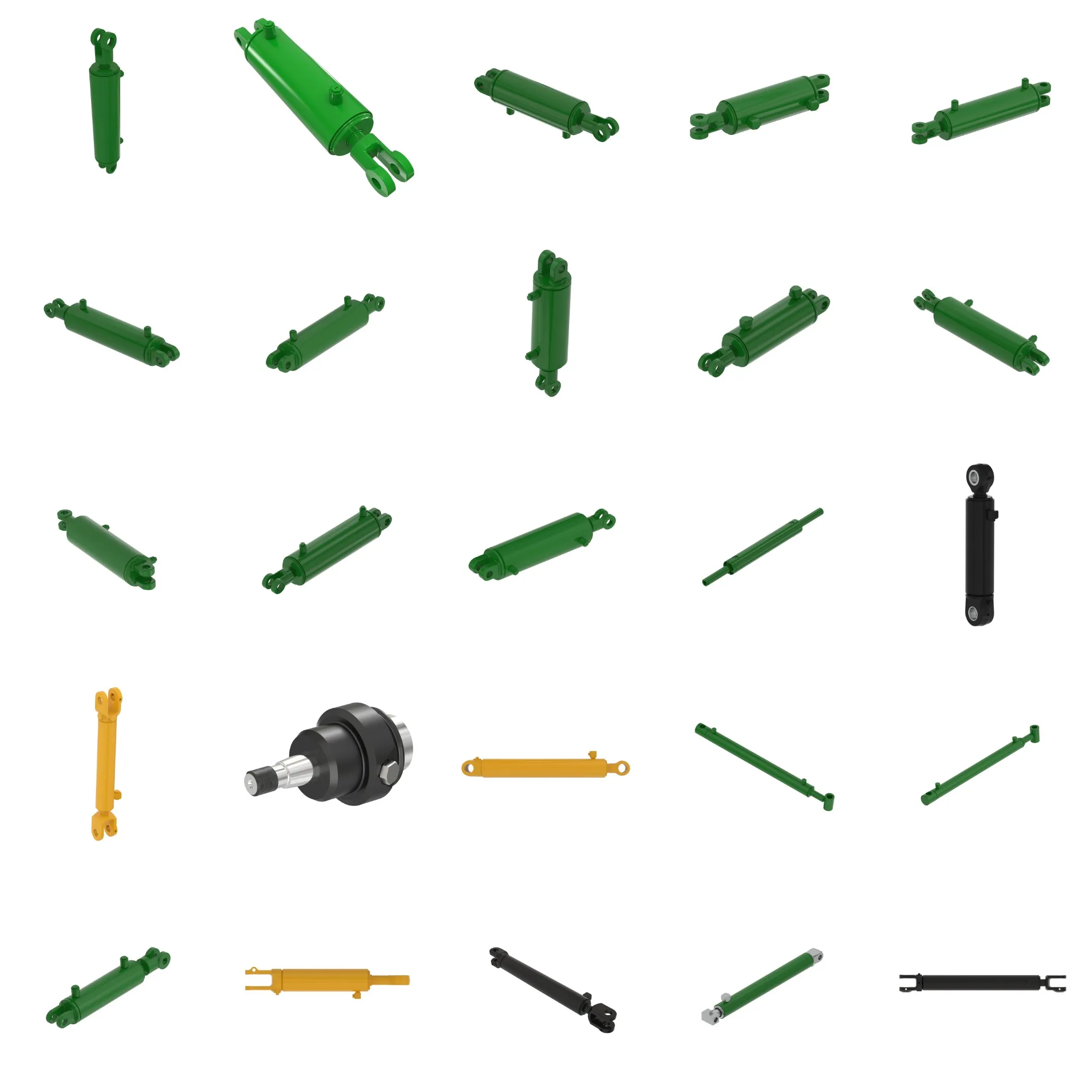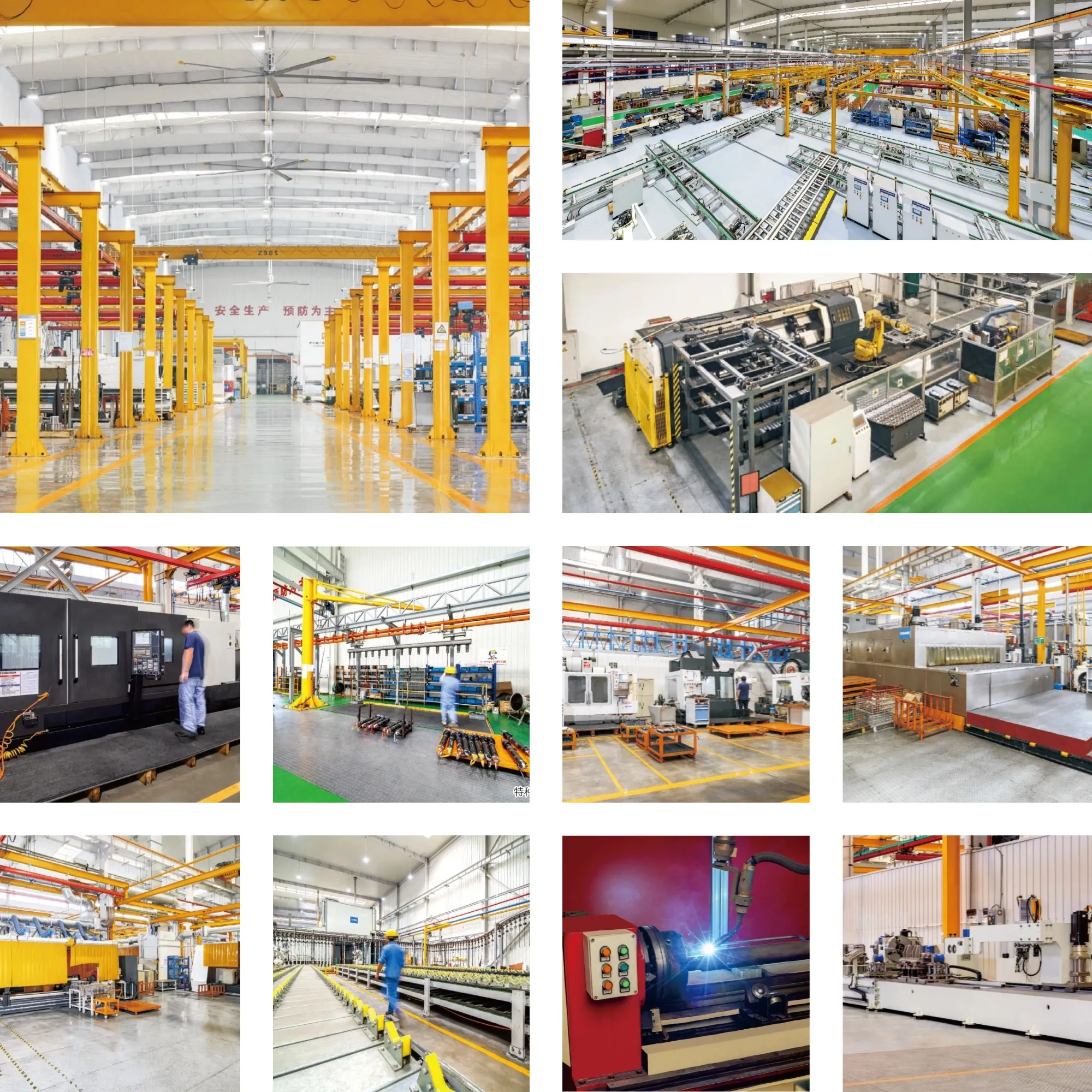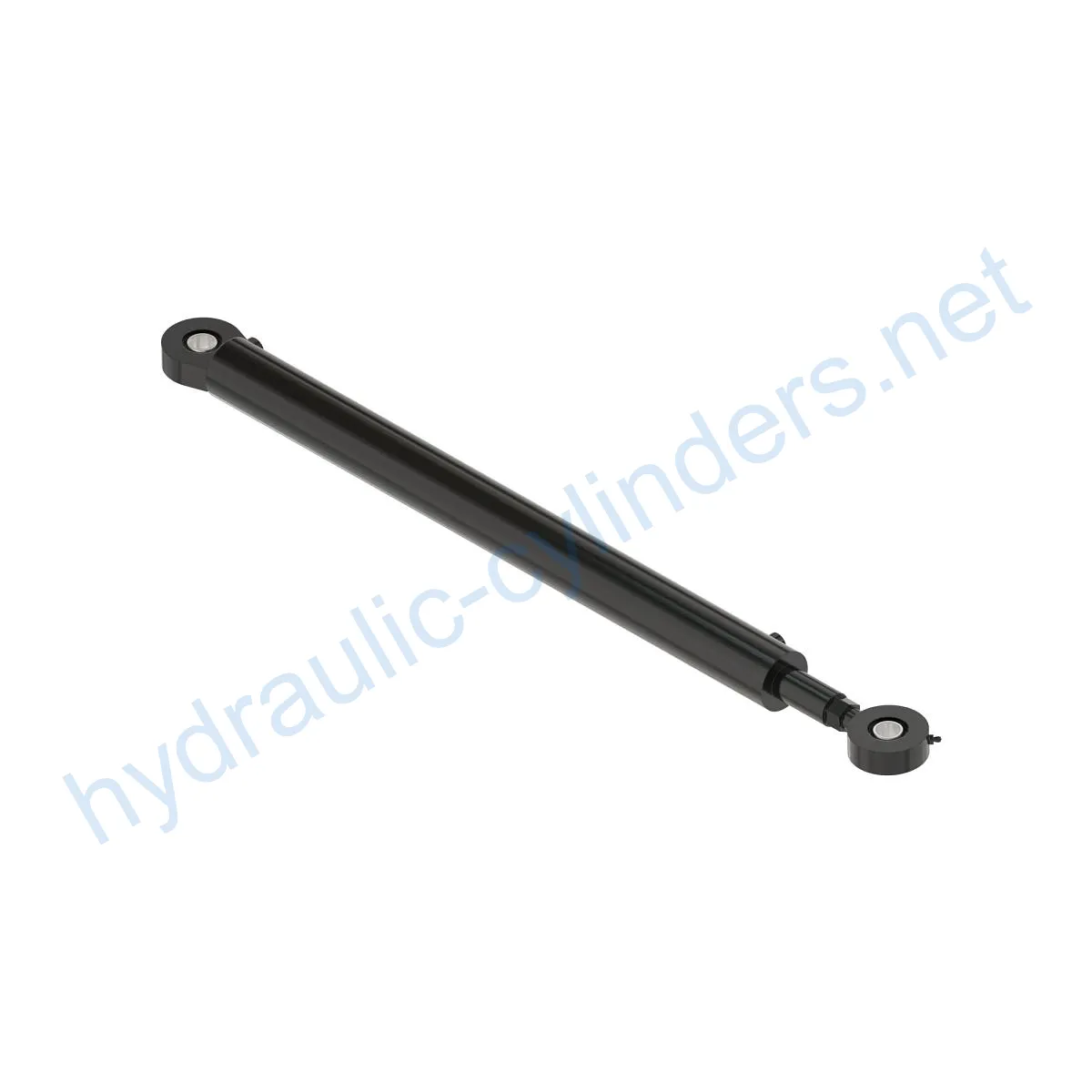Replacement Of AHC21507 Hydraulic Cylinder
유압 실린더 제조업체, 공급 업체 및 기계 제품 수출 업체 중 하나로서 유압 실린더 및 기타 여러 제품을 제공합니다.
자세한 내용은 당사에 문의해 주세요.
메일:sales@hydraulic-cylinders.net
유압 실린더 제조업체 공급 업체 수출.
Replacement Of AHC21507 Hydraulic Cylinder
Introduction:
The Replacement Of AHC21507 Hydraulic Cylinder is a vital component in various industrial applications. It plays a crucial role in providing the necessary force for lifting, pushing, and moving heavy loads. This hydraulic cylinder is designed to replace the damaged or worn-out cylinders, ensuring the smooth operation and performance of equipment.
Specifications and Models
- Weight: 72.433 lb
- Height: 3.15 in
- Width: 4.016 in
- Length: 50.315 in
- Model: S430 S440
Key Features
- Improved Equipment Performance: Replacing damaged or worn-out hydraulic cylinders can restore the normal operational capability of equipment, ensuring optimal performance in various applications.
- Enhanced Safety: Regularly replacing hydraulic cylinders reduces the safety hazards caused by cylinder failures, ensuring the safety of operators and equipment.
- Overload Protection: New cylinder designs often incorporate better overload protection mechanisms, enhancing safety during operations.
- Quick Installation: Modern hydraulic cylinders are designed for easy installation and replacement, minimizing downtime.
- Standardized Components: Many hydraulic cylinders are standardized products, making it easier to obtain replacement parts in the market.
We are capable of producing this hydraulic cylinder, offering a perfect replacement solution for the existing cylinders.
Applications
- Excavators: The hydraulic cylinders in excavator arms or buckets may get damaged due to prolonged use or overload, requiring replacement to restore normal operation.
- Cranes: The hydraulic cylinders in crane boom arms are prone to wear during frequent lifting and lowering processes, necessitating regular replacement for safety assurance.
- Tractors: The hydraulic cylinders in front-end loader attachments of tractors may experience leaks or performance degradation during continuous lifting and tilting operations, demanding replacement.
- Harvesters: The hydraulic cylinders in harvesters endure high pressure during the harvesting process, and fatigue-induced damages may occur, necessitating prompt replacement to maintain operational efficiency.
- Automated Production Lines: Hydraulic cylinders are used to control robotic arms and other automated equipment. Cylinder failures can significantly affect production efficiency, requiring immediate replacement.
Maintenance Tasks
- Regular Inspection: Periodic inspections ensure the proper functioning of the hydraulic cylinder and help identify potential issues.
- Proper Lubrication: Adequate lubrication is essential for smooth operation and longevity of the hydraulic cylinder. Use recommended hydraulic oil for lubrication.
- Seal Replacement: Timely replacement of seals prevents leaks and maintains optimal performance of the hydraulic cylinder.
- Calibration Check: Regular calibration checks ensure the accuracy and efficiency of the hydraulic cylinder’s operation.
Safety Considerations and Environmental Factors
When handling hydraulic cylinders, it is crucial to prioritize safety measures. Proper use of safety equipment and adherence to safety guidelines are essential to prevent accidents and injuries. Additionally, considering environmental factors during cylinder operation helps minimize any negative impact on the surroundings.
Fault Diagnosis and Common Issues
1. Cylinder Leakage: If there is noticeable fluid leakage from the hydraulic cylinder, it indicates a potential seal failure. In such cases, the seals need to be replaced.
2. Insufficient Force Generation: If the hydraulic cylinder fails to generate enough force, it may be due to internal component damage or inadequate hydraulic pressure. Proper diagnosis and repair are necessary to address this issue.
3. Cylinder Drift: Cylinder drift occurs when the hydraulic cylinder slowly extends or retracts even when not under load. It can be caused by internal leakage or worn-out components, requiring inspection and repair/replacement.
Troubleshooting and Preventive Measures
To effectively diagnose and resolve hydraulic cylinder issues, consider the following tips:
- Refer to the equipment manual or consult a professional for proper troubleshooting steps.
- Ensure the hydraulic system is properly maintained, including regular fluid checks and filter replacements.
- Implement preventive maintenance measures, such as timely seal replacement and periodic inspections, to minimize potential problems.
- Monitor hydraulic fluid levels and quality to prevent contamination or insufficient lubrication.

Product Design Considerations and Selection Criteria
When selecting a hydraulic cylinder, various design considerations and selection criteria should be taken into account:
- Load Capacity: Ensure the selected hydraulic cylinder can handle the required load without compromising performance.
- Sealing Capability: Opt for cylinders with high-quality seals that can maintain system integrity and prevent leaks.
- Durability: Choose cylinders made from durable materials that can withstand the operating conditions and provide long-lasting performance.
- Safety: Prioritize cylinders with built-in safety features and consider additional safety measures in the system design.
- Maintainability: Select cylinders that are easy to maintain, with readily available spare parts and straightforward repair procedures.
Sealing and Lubrication
The Replacement Of AHC21507 Hydraulic Cylinder utilizes various sealing components, such as piston seals and rod seals. These seals are made of wear-resistant materials, such as polyurethane and nitrile rubber, ensuring longevity and minimizing leakage. The cylinder body and threaded end surfaces are meticulously treated to enhance wear resistance. Regular lubrication with the appropriate hydraulic oil is necessary to ensure smooth operation and prevent premature wear.
Regular Inspection and Preventive Maintenance
- Proper Installation: Providing accurate alignment guidance during the installation process is crucial. Using suitable mounting brackets to secure the cylinder is recommended.
- Recommended Inspection, Repair, and Replacement Procedures: Follow the manufacturer’s recommended procedures for inspecting, repairing, and replacing components. Ensure the availability of replacement parts and rebuilding services.
- Tips for Extending Product Lifespan: Implement proper maintenance practices, including regular inspections, prompt repairs, and proactive component replacement. This helps maximize the lifespan of the Replacement Of AHC21507 Hydraulic Cylinder.

About Our Company
We are a leading manufacturer and wholesale distributor of replacement hydraulic cylinders, offering a comprehensive range of products. Our company is known for its professionalism, international certifications, customizability, cutting-edge production equipment, and exceptional after-sales service.

Author: lyl
Take a Tour of Our VR Factory:
Take a tour of our VR factory with the following
How Does Forklift Hydraulic Cylinder Work?
Hydraulic Cylinder Application:


